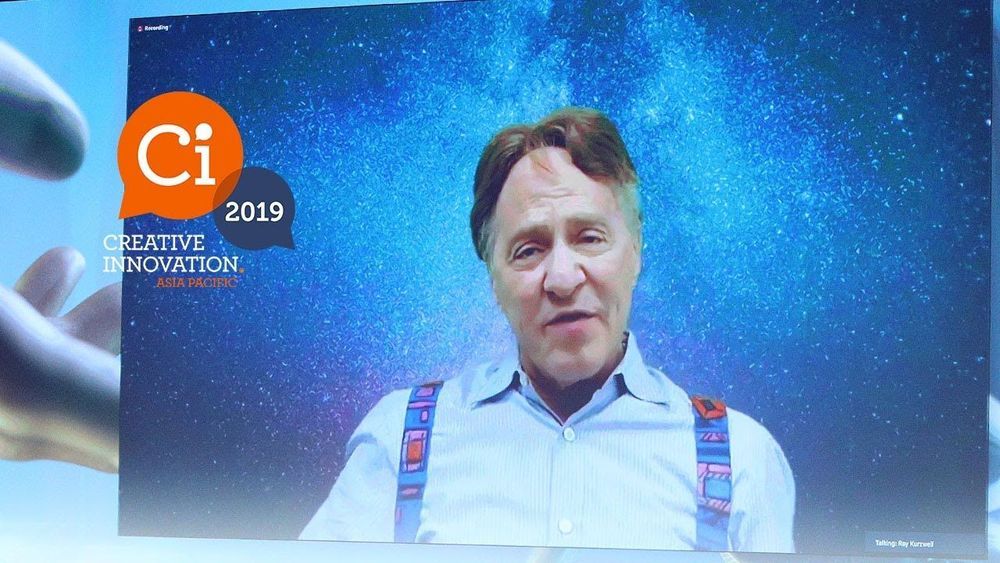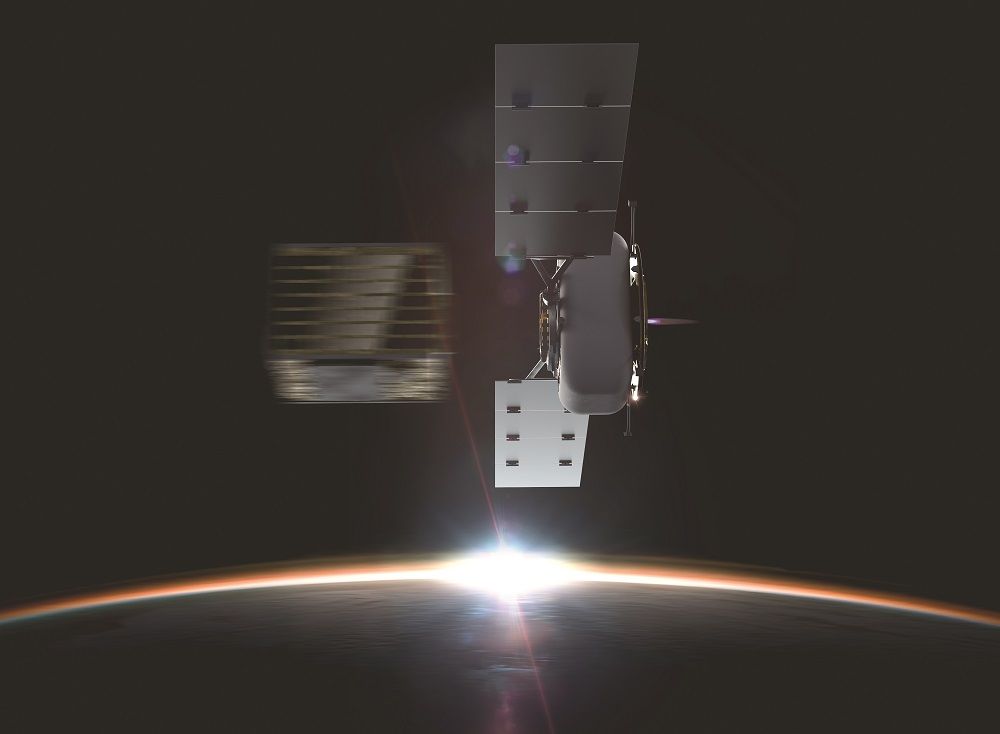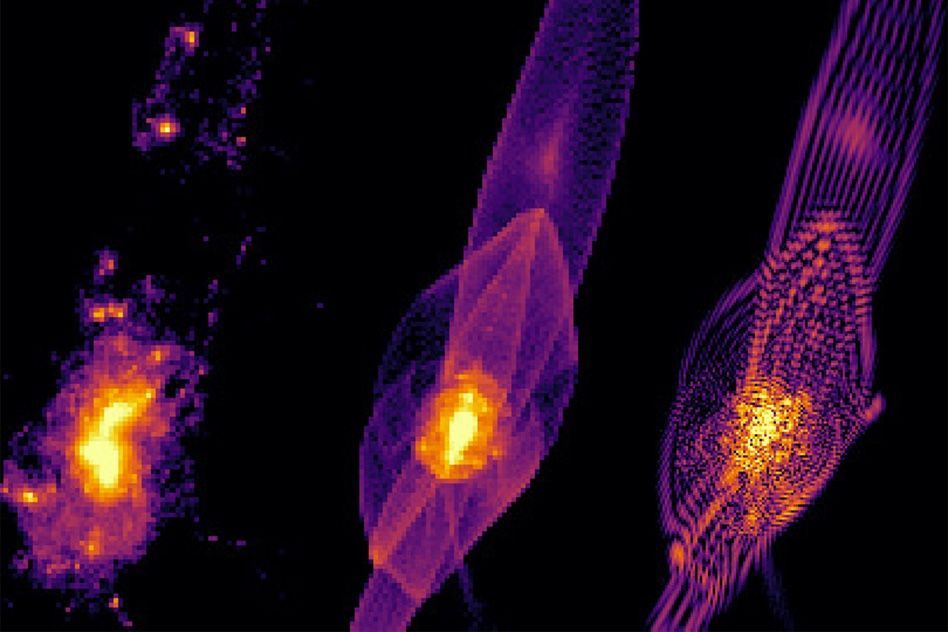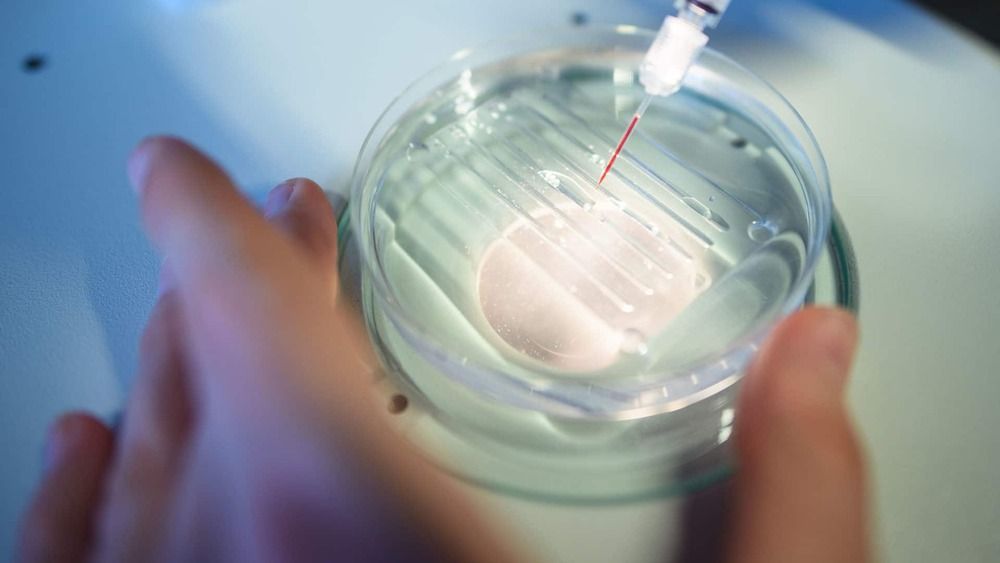Page 7222
Nov 23, 2019
Water propulsion technologies picking up steam
Posted by Klaus Baldauf in categories: mapping, satellites
This article originally appeared in the Aug. 19, 2019 issue of SpaceNews magazine.
When the Aerospace Corp. launched the Optical Communications and Sensor Demonstration in 2017, one mission objective was to test water-fueled thrusters. At the time, the idea was fairly novel. Two years later, water-based propulsion is moving rapidly into the mainstream.
Capella Space’s first radar satellite and HawkEye 360’s first cluster of three radio-frequency mapping satellites move in orbit by firing Bradford Space’s water-based Comet electrothermal propulsion system. Momentus Space and Astro Digital are testing a water plasma thruster on their joint El Camino Real mission launched in July. And an updated version of the water-fueled cold gas thrusters the Aerospace Corp. first flew in 2017 launched in early August.
Nov 23, 2019
Google Decides to Stop Training AI on Homeless People’s Faces
Posted by Genevieve Klien in category: robotics/AI
Nov 23, 2019
Physicists Have Finally Seen Traces of a Long-Sought Particle. Here’s Why That’s a Big Deal
Posted by Genevieve Klien in category: particle physics
Nov 23, 2019
A Crispr Milestone Hints at a Future of Cures — and Oversight Concerns
Posted by Genevieve Klien in categories: bioengineering, biotech/medical, genetics
Just seven years after scientists announced the first use of Crispr-Cas9 gene editing technology on human cells, researchers shared new evidence this week that Crispr can be used to cure two serious genetic disorders.
On Tuesday, NPR reported that a patient in Nashville had seen a dramatic decline in her symptoms of sickle cell disease after receiving a single gene therapy treatment in July. Sickle cell, which can lead to inflammation, debilitating pain, and life-threatening circulatory problems, affects millions of people around the world.
That same day, the biotech companies behind the sickle-cell treatment, Crispr Therapeutics and Vertex, also shared promising results from their first attempt to cure a case of beta thalassemia, another genetic disorder that affects blood proteins. Nine months after receiving the experimental treatment, a patient in Germany with beta thalassemia has almost no signs of the disorder.
Nov 23, 2019
Scientists may have uncovered the fountain of youth in a mysterious molecule
Posted by Genevieve Klien in categories: biological, life extension
Increases in life span are one of the greatest success stories of modern society. Yet, while most of us can expect to live longer, we are spending more years in ill health. Reducing this period of ill health at the end of life is the main aim of a group of scientists known as biogerontologists.
By studying aging in animals, including fruit flies, worms, and rodents, biogerontologists have identified biological phenomena involved with aging that all these organisms share. And some of these biological processes may also regulate aging in humans.
Scientists attempting to understand and improve the aging process have identified many molecules that appear to improve aging in these animals (although evidence in humans remains scant). These molecules include compounds found in grapes, apples, and even bacteria.
Nov 23, 2019
Meet Dream Chaser, The Next-Generation Space Plane | Countdown to Launch
Posted by Tanvir Ahmed in category: space travel

Who wants to ride “Space Ship”? smile
This new space plane just got one step closer to liftoff, and it could change spaceflight to the ISS in years to come.
» Subscribe to Seeker!http://bit.ly/subscribeseeker
» Watch more Countdown to Launch: http://bit.ly/CTLplaylist
Continue reading “Meet Dream Chaser, The Next-Generation Space Plane | Countdown to Launch” »
Nov 23, 2019
Drones, robots, lasers, supersonic gliders & other high-tech arms: Putin wants Russian military to be up to any future challenge
Posted by Derick Lee in categories: drones, military, robotics/AI

The Russian military will be going all out sci-fi, with Vladimir Putin saying the plan for boosting the Armed Forces until 2033 should focus on AI and weapons based on ‘new physical principles.’
With the introduction of a whole range of state-of-the-art arms in recent years, Russia has been “able to make a step forward compared to the world’s other military powers,” Putin said during a meeting of the Russian Security Council on Friday.
Nov 22, 2019
Ray Kurzweil (USA) at Ci2019 — The Future of Intelligence, Artificial and Natural
Posted by Paul Battista in categories: employment, engineering, ethics, media & arts, Ray Kurzweil, robotics/AI, singularity

The Future of Intelligence, Artificial and Natural
https://www.creativeinnovationglobal.com.au
Ray Kurzweil is one of the world’s leading inventors, thinkers, and futurists, with a thirty-year track record of accurate predictions. Called “the restless genius” by The Wall Street Journal and “the ultimate thinking machine” by Forbes magazine, he was selected as one of the top entrepreneurs by Inc. magazine, which described him as the “rightful heir to Thomas Edison.” PBS selected him as one of the “sixteen revolutionaries who made America.”
Nov 22, 2019
Cancer the Forbidden Cures Full Documentary
Posted by Paul Battista in categories: biotech/medical, education

https://www.youtube.com/watch?v=wSU54Uv6qSA&feature=share
Cancer is a growing worldwide epidemic, with staggering statistics: 20,000 people dying of cancer every day; 1 person out of 3 will be faced with cancer at one point in their life; and 1 million Americans are diagnosed with cancer every year.














